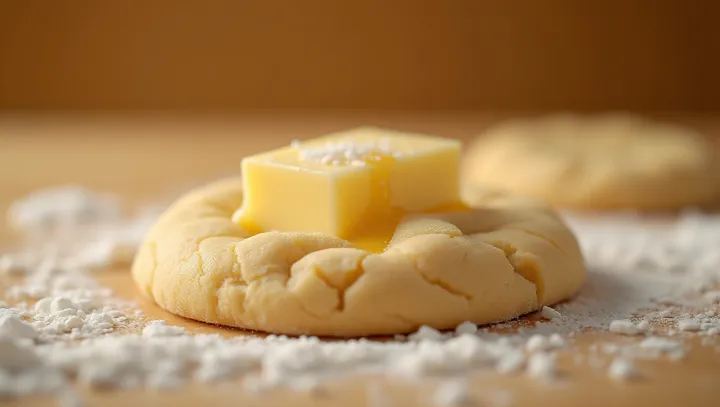Buttery Secrets: Cookie Chemistry

In the bustling kitchens of New York, renowned pastry chefs unveil the indispensable role butter plays in crafting the perfect cookie. Amidst a surge in home baking interest, understanding the chemistry behind butter in cookies has become a subject of fascination amongst culinary enthusiasts. Butter, according to culinary experts, does much more than add flavor; it profoundly influences the texture and spread of cookies.
As Alice White, a pastry specialist at The Gourmet Institute, points out, 'The type and quantity of butter used can alter a cookie's softness, crispness, and even color.' This understanding is pivotal in ensuring that every cookie achieves its culinary potential. The butter's fat content helps create a tender crumb by coating flour proteins, thus preventing excess gluten formation. This is crucial for those seeking that melt-in-your-mouth sensation essential to delightful cookies.
Moreover, butter's rich, creamy flavor pairs with sugar, enhancing a cookie's sweetness and aroma. As the trend of DIY baking continues to flourish, gaining insight into ingredients such as butter is no longer the preserve of professional chefs but an aspiration for everyday bakers. By grasping its role in cookie dough, bakers can elevate their craft, turning simple recipes into savory sensations.
While substitutes can abound, traditional butter remains king in the realm of cookies, particularly for purists aiming for authenticity in taste and tradition. As White eloquently summarizes, 'In baking, butter is not just an ingredient. It’s the backbone of the cookie.'.
